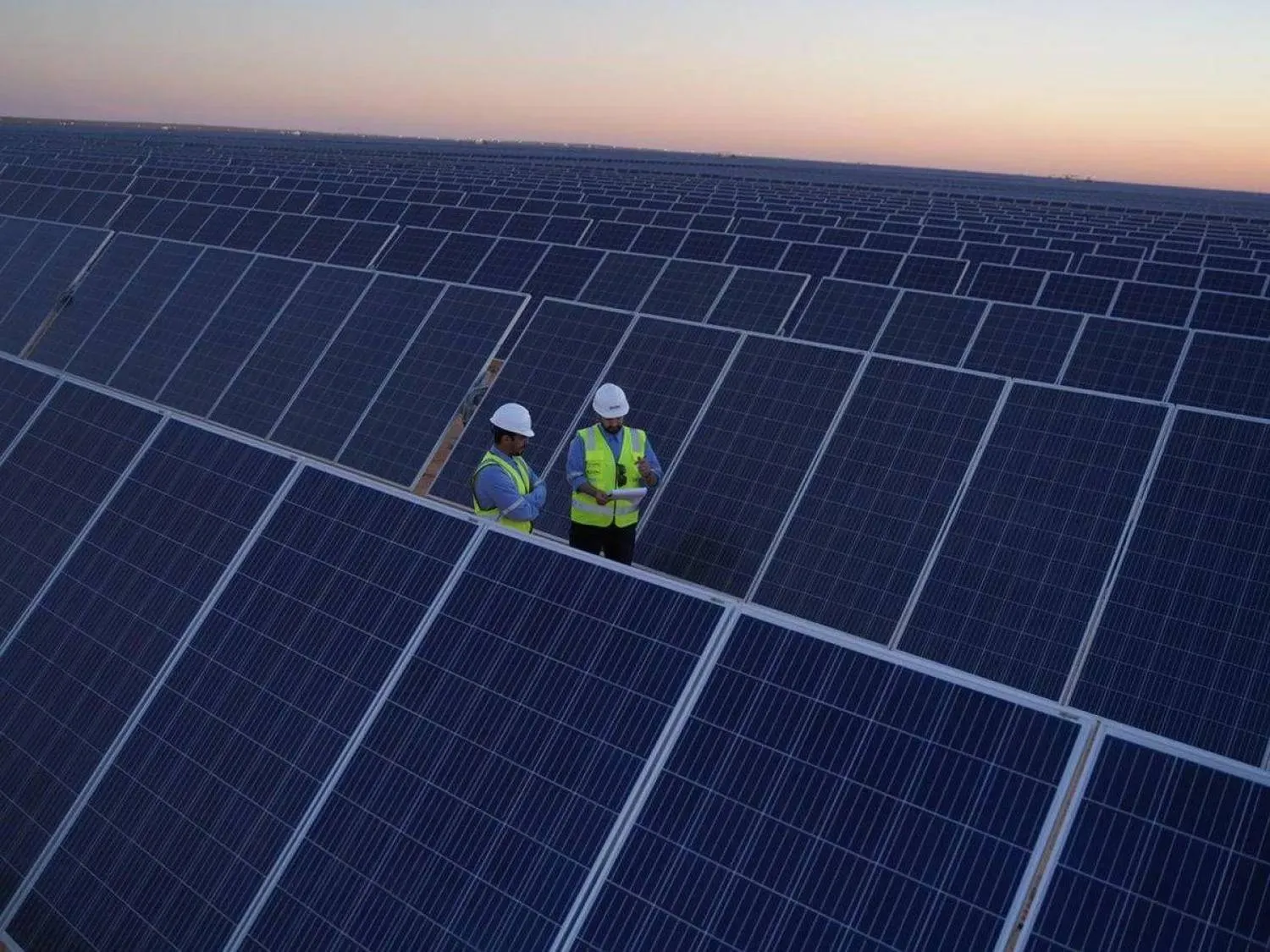Saudi Arabia is making serious efforts to cut through the red tape that blocks foreign investment by continually updating its regulations.
The Saudi Ministry of Investment, for example, has announced new and streamlined investment rules designed to facilitate foreign investment in the Kingdom.
These updated regulations are part of an effort to attract more international investors by simplifying the investment process and creating a more favorable business environment.
The ministry emphasized that the revised rules will remove the need for numerous licenses and prior approvals, significantly cutting down on paperwork and reducing bureaucratic obstacles.
In addition, Saudi Arabia has recently launched an e-visa service for business visitors, known as the “Investor Visitor” visa. This service is available worldwide and is part of the Kingdom’s broader Vision 2030 plan, which seeks to attract more global investors, improve the investment environment, and facilitate business operations.
Saudi Arabia has also introduced a new investor business residency program for those interested in investing in the Kingdom. The program provides residency for investors and their families, including parents, spouses, and children. Benefits include no fees for expatriates and dependents, family visit visas, and the ability to conduct business and own property.
In December 2023, the Ministry of Investment, along with the Ministry of Finance and the Zakat, Tax, and Customs Authority, rolled out a 30-year tax incentive package. The initiative aims to attract global companies to set up their regional headquarters in Saudi Arabia by simplifying the process and offering appealing benefits.
The program, a collaboration between the Ministry of Investment and the Royal Commission for Riyadh City, aims to make Saudi Arabia the top choice for regional headquarters in the Middle East and North Africa by providing various benefits and support services.
Saudi Arabia has unveiled a 30-year tax exemption for companies setting up regional headquarters in the country. This includes a 0% tax rate on income and withholding taxes for approved activities. The benefits will be available from the date the regional headquarters license is issued.
Moreover, Saudi Arabia updated its investment system in August 2024, which will take effect in early 2025. This reform aims to attract global investments, improve the investment environment, support economic diversification, and create jobs in line with Vision 2030.
The new system, approved by the Cabinet and part of the National Investment Strategy launched by Prince Mohammed bin Salman, Crown Prince and Prime Minister, aims to attract over $100 billion in foreign direct investment annually by 2030.
Key changes include enhanced investor rights, better protection of intellectual property, and streamlined procedures.
The system replaces the old investment license with a simplified registration process, providing more protection and flexibility for investors. It treats local and foreign investors equally and aims to resolve disputes efficiently.
The National Investment Strategy, launched in October 2021, supports the goals of Vision 2030. These goals include increasing private sector GDP contribution to 65%, boosting foreign direct investment to 5.7% of GDP, raising non-oil exports to 50% of non-oil GDP, reducing unemployment to 7%, and improving Saudi Arabia’s position in global competitiveness rankings.









